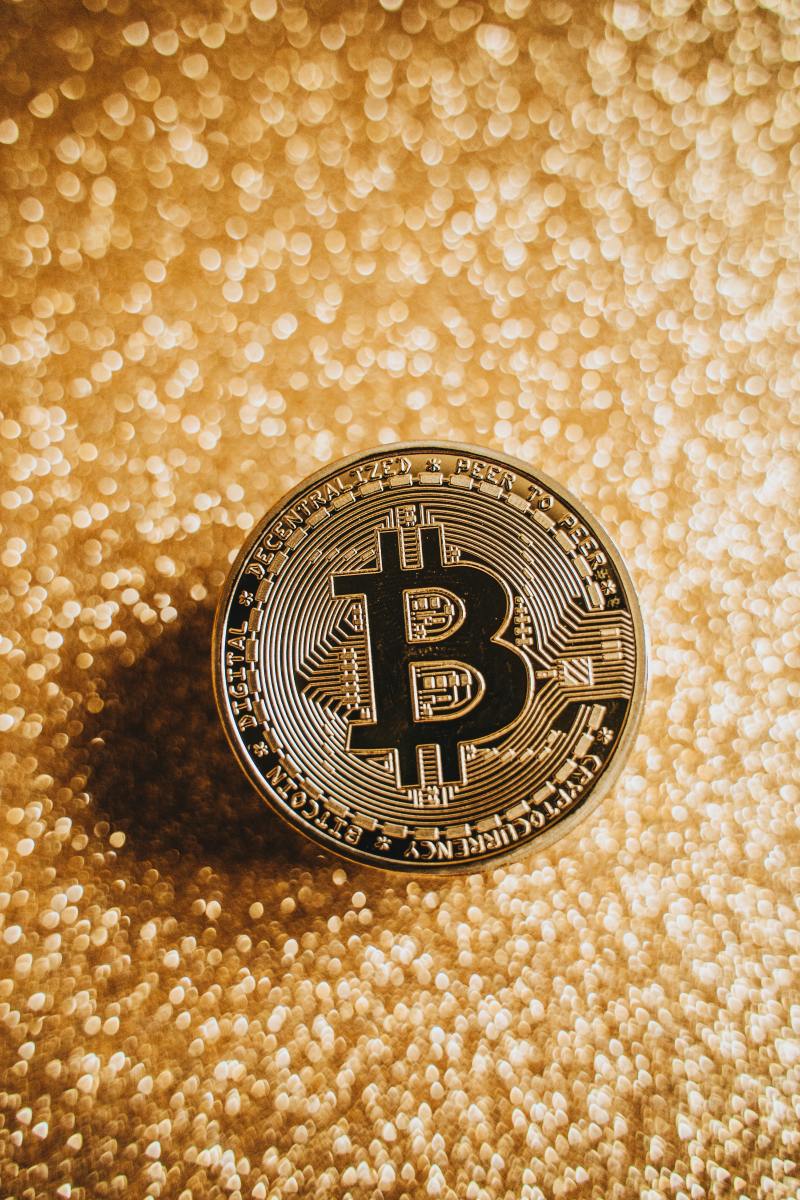The introduction of smart contracts has resulted in the emergence of many new blockchain applications, one of which is the non-fungible token (NFT). Also considered original artwork, an NFT is a digital container that can hold any type of data which includes graphics, music, documents, programmer code, and so on. It is no longer possible to change the information in a token once it has been issued.
Where Are NFTs Applicable?
NFT is a unique item or phenomenon that is added to the blockchain ledger. Consider Quentin Tarantino’s Pulp Fiction NFT project, or any Jim Jarmusch film. Such irreplaceable works can be represented on the blockchain by two distinct tokens. Thus, NFT is a digital certificate that stores all critical information about an object, its creator, owners, and operations related to that object on the blockchain network. However, NFT, like bitcoin, can be transferred from one crypto wallet to another. That is, the NFT’s owner can change. The NFT’s ownership is retained on the blockchain network and can be confirmed at any time—information about which wallet a specific token is in is public.
Popular Examples of NFTs
NFT tokens have only recently been actively used in practice. The first known application of such technology was in the Crypto Kitties game in 2017, where users could breed, exchange, sell, and buy unique kittens. The application of NFT in the art world is more illustrative. Selling NFT tokens for songs, paintings, albums, and other intellectual products has become popular in recent years.
What Can You Do With NFT Purchases?
Collect and be proud that you are listed as the owner of this object on the blockchain network. As a result, NFT tokens are chastised for not granting their holders full ownership rights. Although it is sold as NFT, projects such as LeBron James’ NFT debut, are still captured on public videos, and anyone can enjoy the moment for free. So, what is the point of purchasing NFT? It provides a sense of exclusivity and engagement with something significant, as the NFT buyer’s name is required to be recorded in the blockchain. Such practices are especially popular among collectors, artists, and fans of certain phenomena who want to be closer to the object of their admiration.
Types of NFTs
We’re still in the early days of the NFT movement, but already there is a wide variety of applications. Here are the most common:
1. Collectible Items
Collectibles selling for thousands of dollars is nothing new, and NFTs are no exception—they can be sold as digital trading cards or kept as collectibles. Companies list various types of trading cards and collectibles in the NFT market—as long as they are deemed collectible.
2. Artwork
Virtual artworks such as digital photos, GIFs, and short videos are now being sold online as if they were physical items. And these are the most expensive NFTs, sometimes selling for millions of dollars. Here are the best NFT marketplaces.
3. Event Tickets
Organizers of popular events like concerts and music festivals can use a specific blockchain to create a limited number of NFT tickets. These tickets can be obtained through auction listings and then stored in mobile devices via wallets for easy access.
4. Music and Media
The experiments with converting music into NFTs resulted in the development of another NFT variant. Media files and music can now be linked to NFTs with an individual’s true ownership claim. This transformation of music from fungible good to tokenized good has benefited artists in a variety of ways.
5. Gaming
Game developers have developed a strong interest in NFT and have made extensive use of it. In online gaming platforms, NFTs are used as in-game items. Through immutable ownership records for in-game items, Non-Fungible Tokens help drive the growth of in-game economies.
6. Virtual Fashion
NFT Virtually is the type of unquestionable reserved for those who are more fashion-conscious and opulent. Of course, each item would be limited and unique.
7. Real-World Assets
The cryptographic proof of ownership provided by NFTs allows it to reflect real-world assets. Currently, many NFT projects are focusing on the tokenization of luxury items and real estate. When you use NFT deeds to buy a house or a car, you have more options.
8. Memes
In recent years, the sale of memes as NFTs has been the most significant achievement in the field of NFTs. Despite their popularity among internet users and inclusion in popular culture, memes have been linked to NFTs. The sale of memes as NFTs demonstrates meme creators’ readiness to build an expanding futuristic ecosystem.
The Future of NFTs
The non-fungible token has shaken the world and fueled the growth of NFT marketplaces with rapid trading. Users are profiting massively and reaping benefits, promoting NFTs as a new profitable investment scheme. The future of NFTs necessitates the establishment of a legal and regulatory authority to manage marketplaces and values, as well as to centralize the entire process. It is predicted that the outcome of this step will have a dynamic impact on the future of NFTs. The Bitcoin crash in May 2021 did not affect the popularity of NFTs or their market in general. This demonstrates the lack of a direct link between traditional cryptocurrency and NFT tokens. Furthermore, sales of non-fungible tokens have skyrocketed following the record-breaking sale of Beeple’s digital painting “Everyday’s: The First 5000 Days.” Among the most profitable investments are NFT tokens from promising artists and sports tokens. Due to their novelty, experts advise investing no more than 10% of one’s investment portfolio in NFT. Many, on the other hand, see NFT as a game-changing step forward in blockchain development, with global implications for market relations. This article is accurate and true to the best of the author’s knowledge. Content is for informational or entertainment purposes only and does not substitute for personal counsel or professional advice in business, financial, legal, or technical matters.

